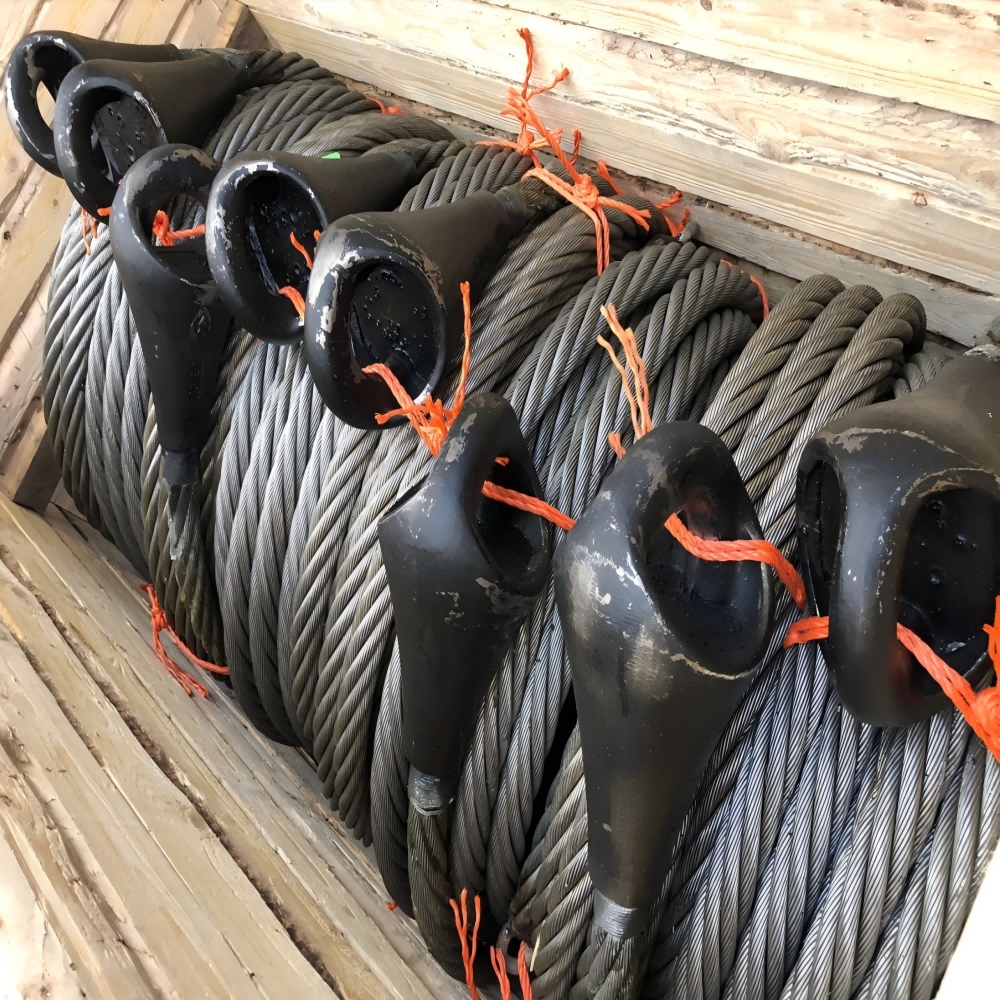
Related Products
Great things in business are never done by one person. They’re done by a team of people. We have that dynamic group of peoples
Galvanized wire rope, known for its exceptional properties, is a vital component in various industries due to its remarkable corrosion resistance and high tensile strength. This type of wire rope, featuring a thick zinc coating, is primarily utilized in construction, binding wire, manufacturing wire mesh, fencing, netting, and even in creating handicrafts. The thick zinc layer not only enhances its durability but also ensures a long service life, making it an ideal choice for numerous applications.
Our products, a prominent manufacturer, offers galvanized metal wire with diameters ranging from 0.5 mm to 5.0 mm. The zinc coating on these wires can reach up to 300 g per square meter, providing superior protection against corrosion. We also provides customization options to meet specific requirements, ensuring that customers receive the most suitable product for their needs. For more details and personalized options, potential buyers are encouraged to contact Hegang Steel directly. durability but also ensures a long service life, making it an ideal choice for numerous applications.
Galvanized wire rope is celebrated for several key features:
To ensure the galvanized wire arrives in perfect condition, it is packaged with an inner plastic layer and an outer woven bag. This dual-layer packaging provides robust protection during transportation and storage.
Galvanized wire rope, with its excellent properties and wide range of applications, is an indispensable material in many industries. Its superior corrosion resistance, high tensile strength, and long service life make it a reliable and cost-effective choice. For high-quality galvanized wire that meets specific requirements, We are trusted suppliers that deliver both standard and customized solutions to their customers. For more information and to explore customization options, interested parties are encouraged to reach out and contact these manufacturers.
A: We offer 302, 304, 316 stainless steel in diameters from 0.15mm to 50mm.
We have various cable constructions and finishes (bright, dull). Black/white PVC coating available.
A: Contact our team to discuss your requirements.
Pricing & Shipping:
A: We source high-quality materials competitively.
A: FOB, CFR, CIF, door-to-door. We’ll advise on the most economical option.
A: We offer stock and efficient mill deliveries with minimized lead times. We’ll provide an estimated timeframe upon confirming your order.
A: We use rigorous testing methods (destructive & non-destructive) for complete assurance.
A: Yes! We provide raw material test certificates and final dimensional statements upon request.
A: Our team guarantees a response within 24 hours, often within the same hour.
A: Contact us directly. We may have it in stock or can help find a suitable alternative.
A: We are committed to customer satisfaction. We’ll provide honest solutions if we can’t meet your exact requirements.
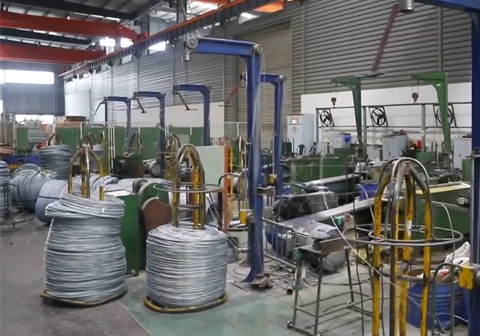
The process begins with wire drawing, where large steel rods are pulled through a series of dies to reduce their diameter. This process is repeated multiple times to achieve the desired thickness. The resulting wires are strong and have uniform diameters, essential for the integrity of the final product.
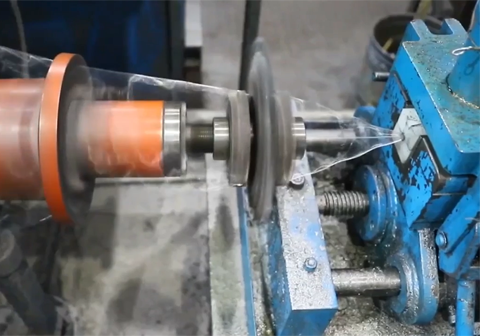
In this step, individual wires are twisted together to form strands. The image shows multiple wires being fed into a stranding machine. Depending on the required construction, these strands can be made from various wire configurations (e.g., 1×7, 1×19, 6×7). The stranding machine ensures that the wires are twisted with precise tension and alignment
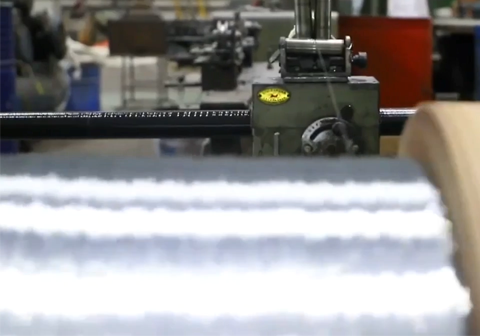
For some wire ropes, strands undergo a compaction process to increase density and reduce the diameter. This compaction enhances the rope’s strength and fatigue resistance, making it suitable for more demanding applications.
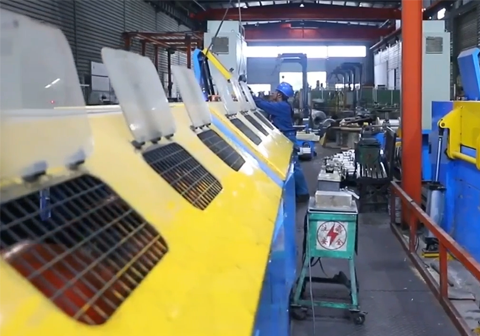
The next step involves twisting the strands together to form the final wire rope. This is known as closing or laying. The image illustrates multiple spools feeding strands into a closing machine, where they are helically twisted to form a rope. Different constructions such as 6×19 or 7×7 are achieved by varying the number and arrangement of strands.
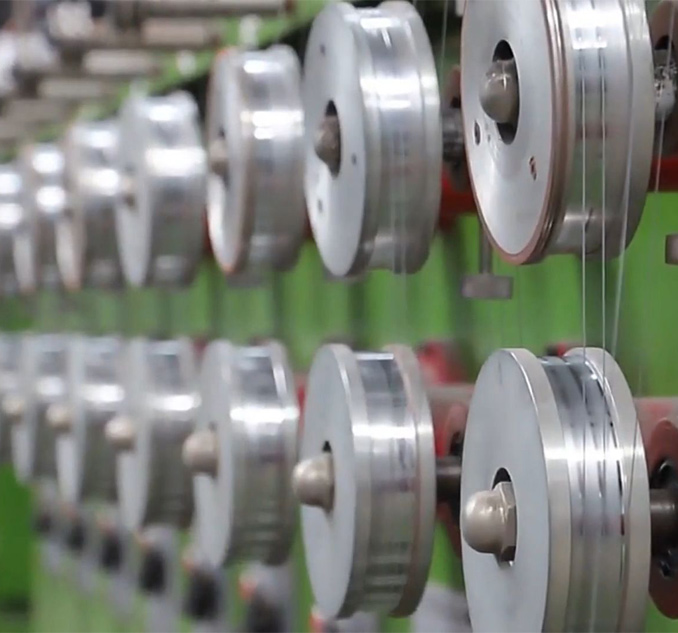
For additional protection, some wire ropes are coated with materials like PVC. The coating process involves passing the wire rope through a coating machine that applies a uniform layer of protective material. Black and white PVC coatings are common, providing extra resistance to environmental factors.
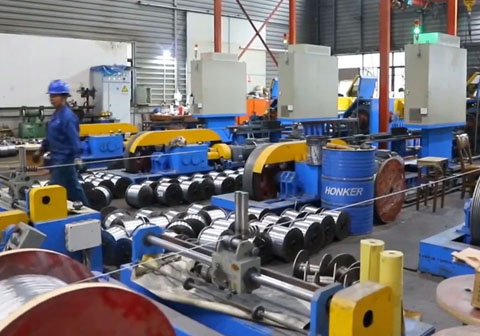
Throughout the production process, rigorous quality control measures are implemented. This includes visual inspections, dimensional checks, and mechanical testing (such as tensile strength tests). The image likely represents part of this quality control process, ensuring each wire rope meets the specified standards.
Founded in 1989, our company has established itself as a leading expert in sourcing, designing, and producing custom wire rope solutions for a broad spectrum of industries. We work closely with a diverse range of clients, including buyers, engineers, architects, designers, and project managers, to deliver exceptional results that consistently exceed expectations.
Our team is deeply passionate about wire rope and dedicated to building enduring relationships with our customers. We aim to be a trusted and integral part of their supply chain, going the extra mile to ensure the highest quality by adhering to the strictest industry standards. Our in-house testing and material analysis equipment enable us to thoroughly test and certify all wire rope, fittings, and assemblies we produce.
We serve a wide array of sectors, including marine, outdoor adventure, fall arrest, fitness, machinery, construction, defense, engineering, vehicle recovery, fencing, agriculture, shade sails, theater, lighting, pest control, shop fitting, and interior design. In addition to wire rope, we also provide the necessary tooling and machinery to meet your specific needs.
Our headquarters and production facility are located in Taian City, Shandong Province, China. With a global network of trusted partners, we are confident in our ability to offer exceptional lead times and meticulously managed delivery schedules, no matter your location or project requirements. We are driven by a vision to accelerate our growth beyond 2020, creating new and exciting opportunities for our dedicated and passionate team.
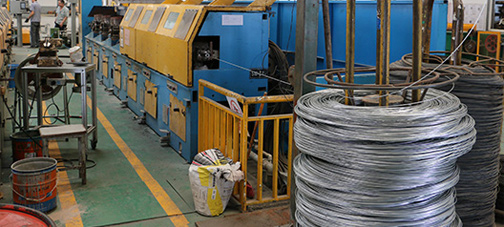
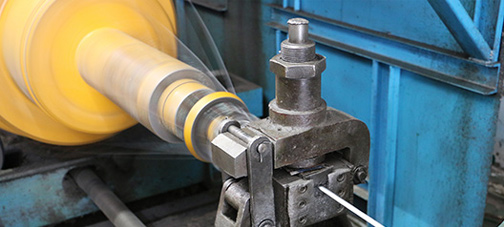
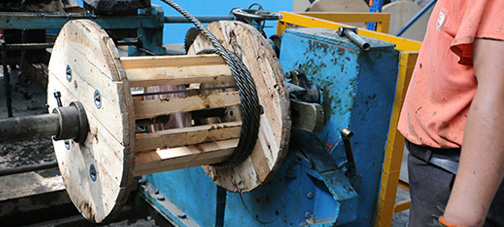
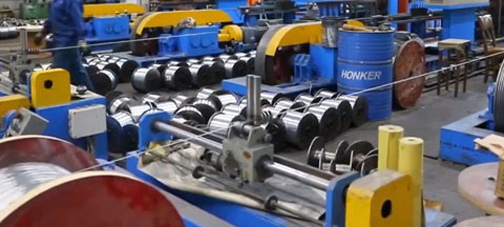
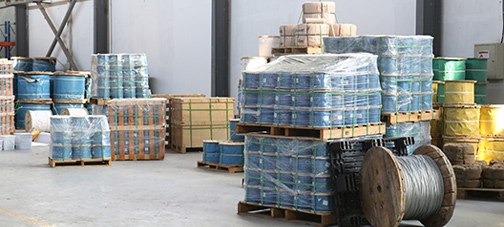

The process begins with wire drawing, where large steel rods are pulled through a series of dies to reduce their diameter. This process is repeated multiple times to achieve the desired thickness. The resulting wires are strong and have uniform diameters, essential for the integrity of the final product.

In this step, individual wires are twisted together to form strands. The image shows multiple wires being fed into a stranding machine. Depending on the required construction, these strands can be made from various wire configurations (e.g., 1×7, 1×19, 6×7). The stranding machine ensures that the wires are twisted with precise tension and alignment

For some wire ropes, strands undergo a compaction process to increase density and reduce the diameter. This compaction enhances the rope’s strength and fatigue resistance, making it suitable for more demanding applications.

The next step involves twisting the strands together to form the final wire rope. This is known as closing or laying. The image illustrates multiple spools feeding strands into a closing machine, where they are helically twisted to form a rope. Different constructions such as 6×19 or 7×7 are achieved by varying the number and arrangement of strands.

For additional protection, some wire ropes are coated with materials like PVC. The coating process involves passing the wire rope through a coating machine that applies a uniform layer of protective material. Black and white PVC coatings are common, providing extra resistance to environmental factors.

Throughout the production process, rigorous quality control measures are implemented. This includes visual inspections, dimensional checks, and mechanical testing (such as tensile strength tests). The image likely represents part of this quality control process, ensuring each wire rope meets the specified standards.